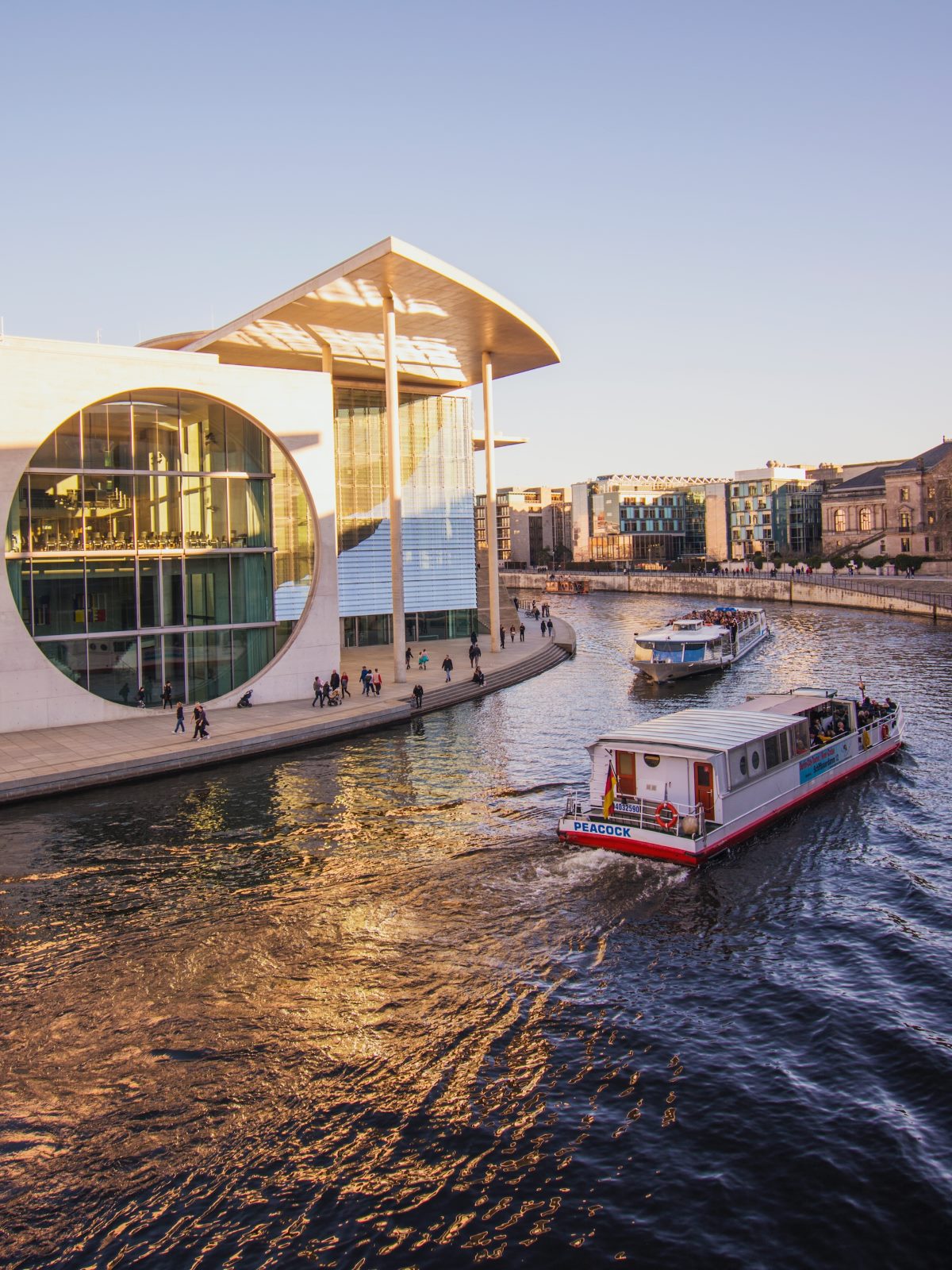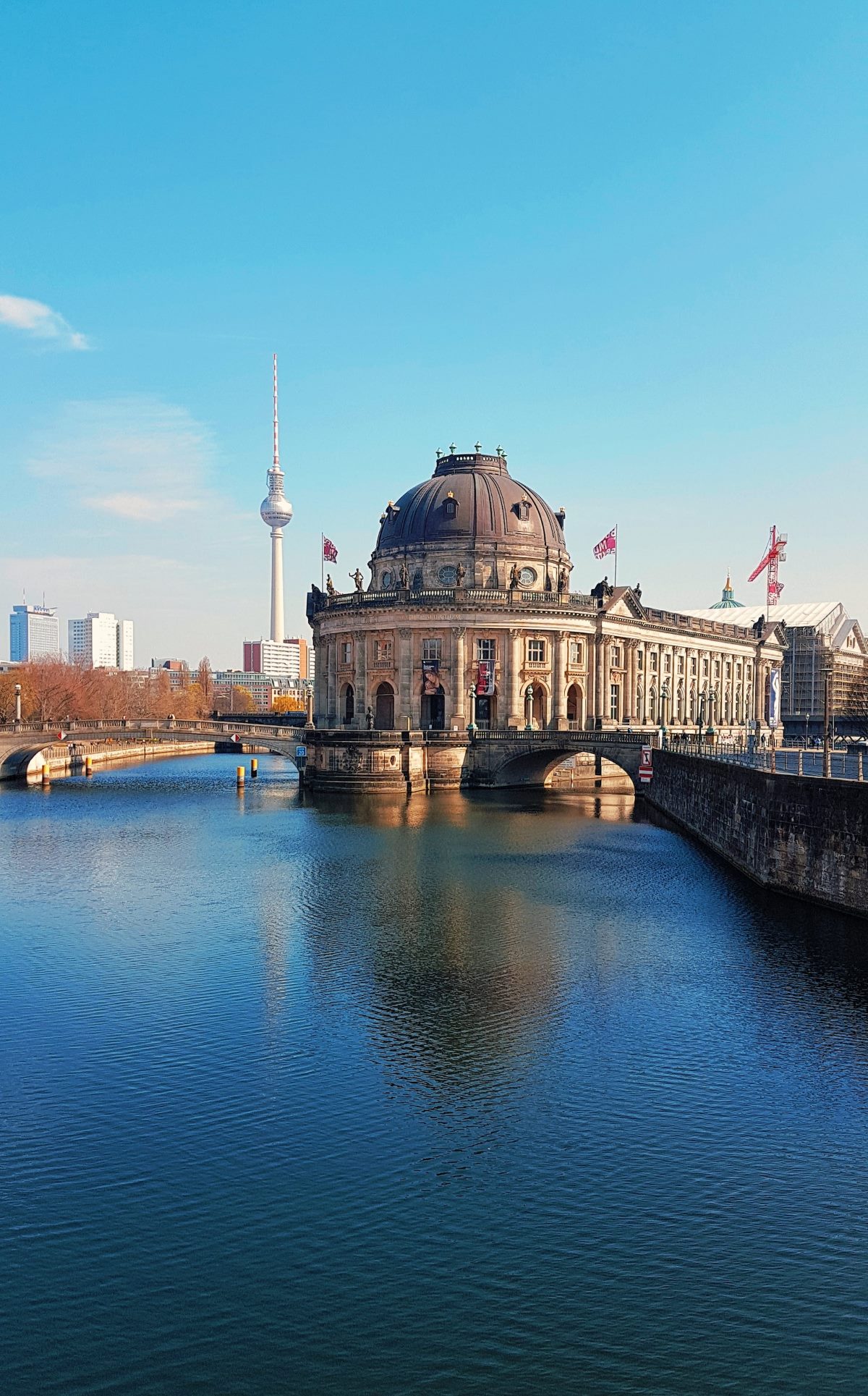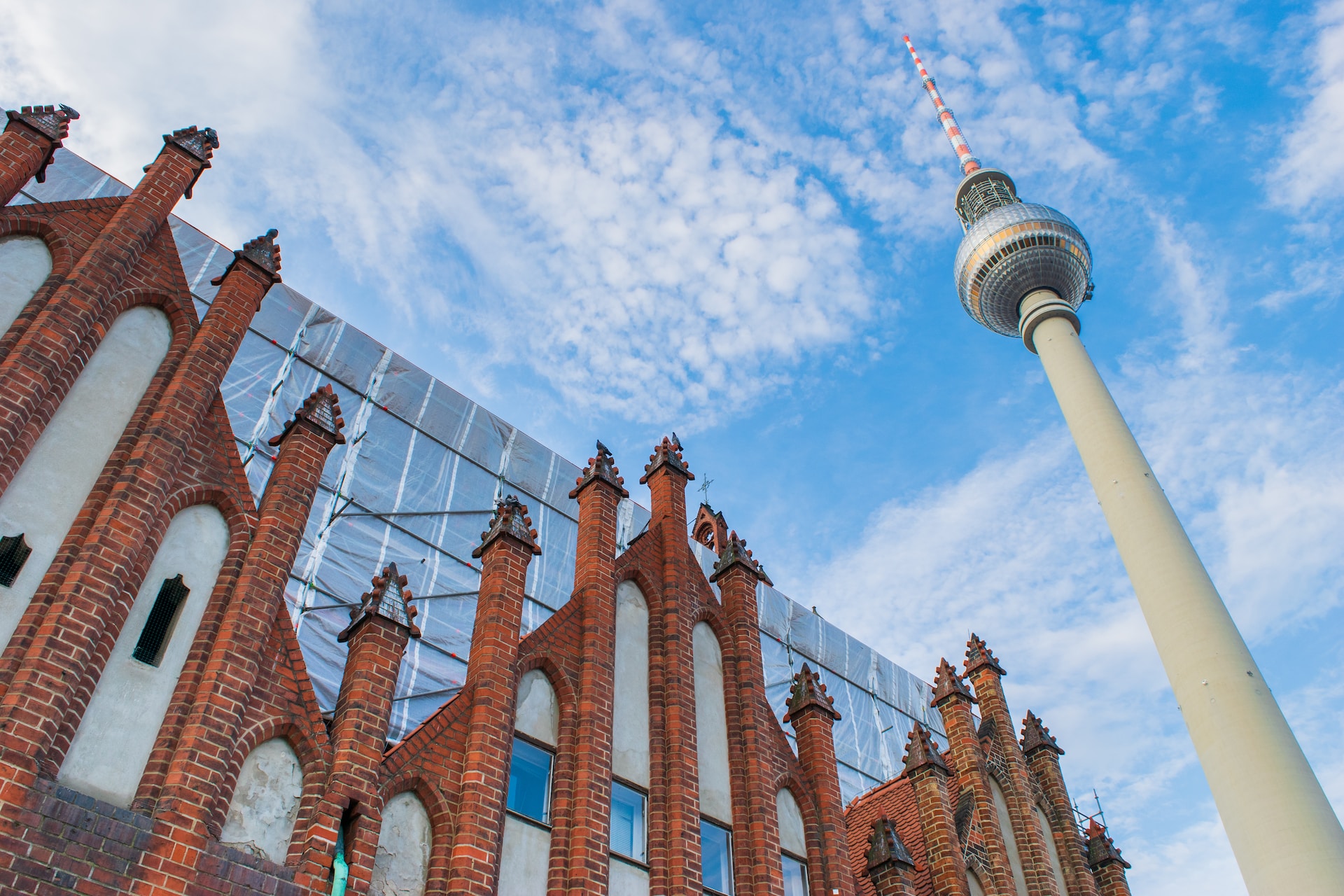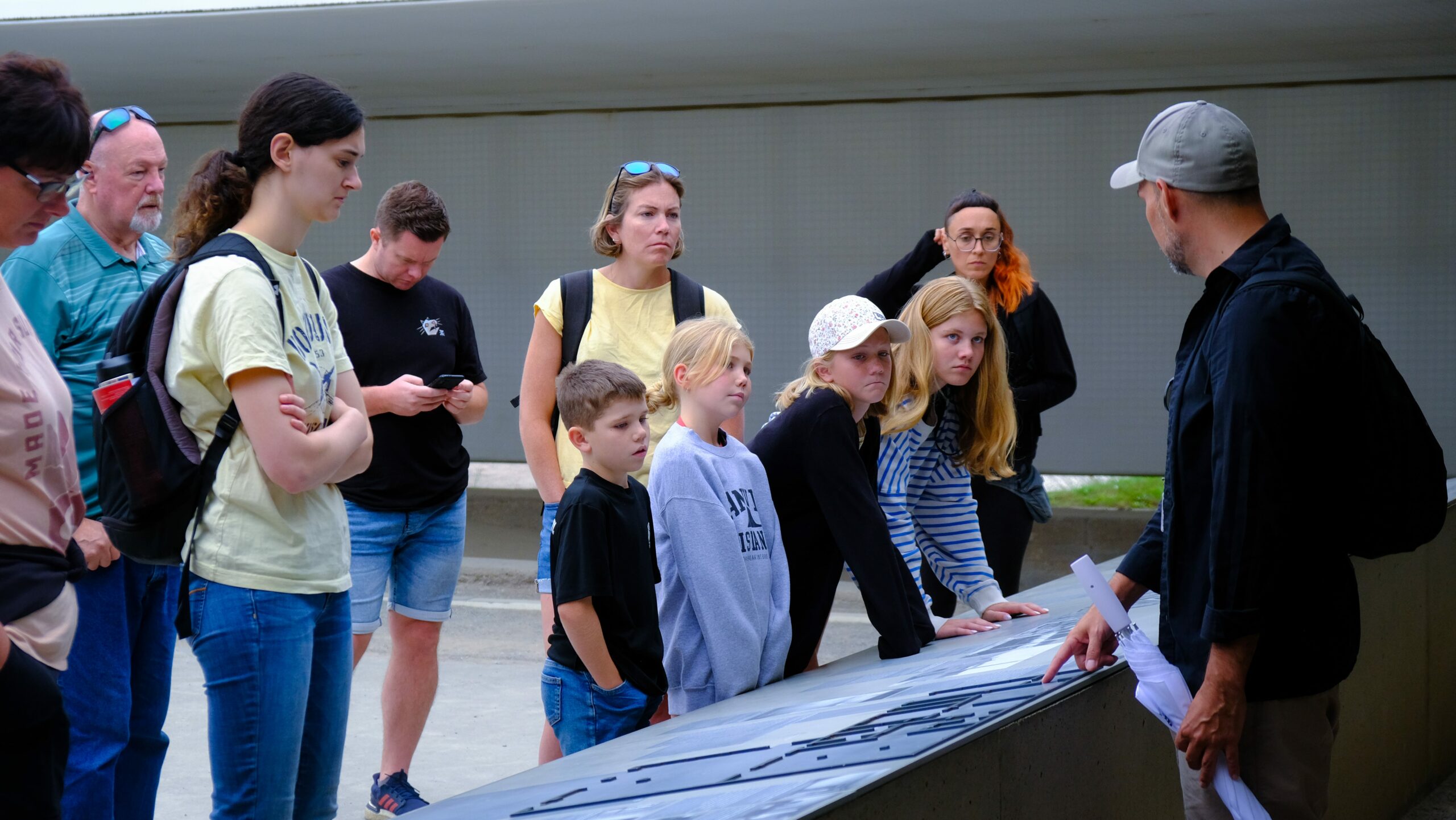Right near Berlin there exist multiple concentration camps that guests can explore during their journey. The locations preserve historical acts of World War II that enable visitors to remember those who lost their lives. This article introduces visitors to the concentration camps located in Berlin that travelers can access to study their history.
Sachsenhausen Concentration Camp
Sachsenhausen Concentration Camp near Berlin belonged to the Nazi establishment when they created it in 1936. The facility became an original model for other concentration camps while keeping political prisoners as its principal population. While exploring Sachsenhausen you can see the different areas which include the punishment cells together with the execution trench as well as the Jewish Barracks. The camp provides audio guide services that deliver complete explanations about the prison history and prisoner experiences during its operation.
Memorial and Museum Sachsenhausen
Visitors can explore the complete historical exhibition about the camp at Memorial and Museum Sachsenhausen which shows the operations of the Nazi regime. Through a combination of photographs and videos and personal testimonials visitors can develop enhanced knowledge about prisoner conditions. These facilities encompass a wide outdoor area with authentic camp structures and restored barricade installations which help visitors estimate the physical dimensions of the establishment.
Ravensbrück Concentration Camp for Women
Ravensbrück Concentration Camp operated as one of the biggest facilities dedicated to women which resided 56 miles north of Berlin. The camp established in 1939 detained more than 130,000 women throughout different countries. People who visit Ravensbrück gain knowledge about the individual struggles of female prisoners together with their battles to survive during the time of Nazi terror.
Ravensbrück Memorial
The Ravensbrück Memorial operates to commemorate all victims of the camp through historical documentation. The exhibition displays accounts from all the women who spent time under imprisonment in this facility. The memorial maintains original structures that include barracks together with guard towers and a crematorium. A program of guided tours enables visitors to better understand the historical background of the camp together with the survival conditions experienced by inmates.
Sachsenhausen and Ravensbrück: Practical Information for Visitors
Planning a single-day journey between Sachsenhausen Concentration Camp and Ravensbrück Concentration Camp requires a minimum of eight hours because these two sites lie approximately 80 miles away from each other.
Getting There
Guests who want to reach Sachsenhausen can use the suburban train service to travel to Oranienburg station then complete the journey with a brief bus ride or by walking twenty minutes toward the camp. After taking the regional train to Fürstenberg (Havel) you can reach Ravensbrück Memorial site by bus or taxi.
Opening Hours and Admission
Both facilities at the Sachsenhausen Memorial and Museum welcome visitors during daily hours from 8:30 am to 6 pm. Visitors may contribute small donations for free admission. Ravensbrueck Memorial makes itself available to visitors during April through October between Tuesday to Sunday from 9 am until 6 pm. Visitors can explore Ravensbrück Memorial on weekends during the period from November until March between 9 am and 5 pm. The entry remains cost-free while pre-booked guided tours with a nominal fee option.
Visitor Etiquette
Visitors must demonstrate appropriate recognition toward the deceased memory of the victims when they visit these sacred memorial locations. Wear suitable clothes while maintaining attentive conduct. Maintain all noise levels at minimum while following the rules and instructions that the memorial staff put forth.
Further Resources
The educational material about concentration camps in Berlin history can be accessed through diverse resources including books and online materials alongside documentaries. Additional educational materials situated on the Sachsenhausen and Ravensbrück memorial websites serve to supplement your museum experience.
Conclusion
Sachsenhausen and Ravensbrück concentration camps in Berlin enable us to maintain awareness of Holocaust victims and pay tribute to their memory. The analysis of these sites teaches us about the War World II horrors and promotes understanding about respecting diversity in our society. The memorial experience of the victims allows us to use historical lessons for building a better tomorrow.
Table of Contents




